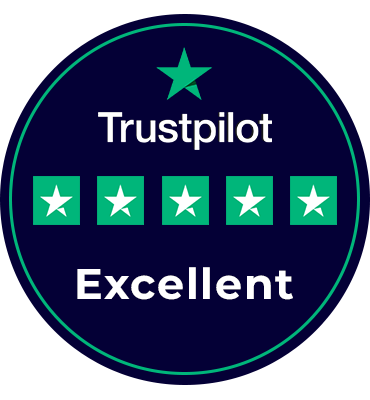Proven Digital Transformation Strategies with Examples
Manish Kumawat
Last Updated on: 25 September 2025
Just think: what makes you invest in ventures that update your business? Awareness about its needs and the ROI it offers. Isn’t it? Do you know? Spending on digital transformation is expected to increase to $3.9 trillion by 2027 from $2.5 trillion in 2024. That’s why having a clear Digital Transformation Strategy is more important than ever. (source)
In the same way, businesses are well aware of the need for digital transformation. That’s why they are ready to invest millions in their business’s digital transformation. This growing trend towards digital transformation spending shows the impact of a strong Digital Transformation Strategy on business growth and competitiveness.
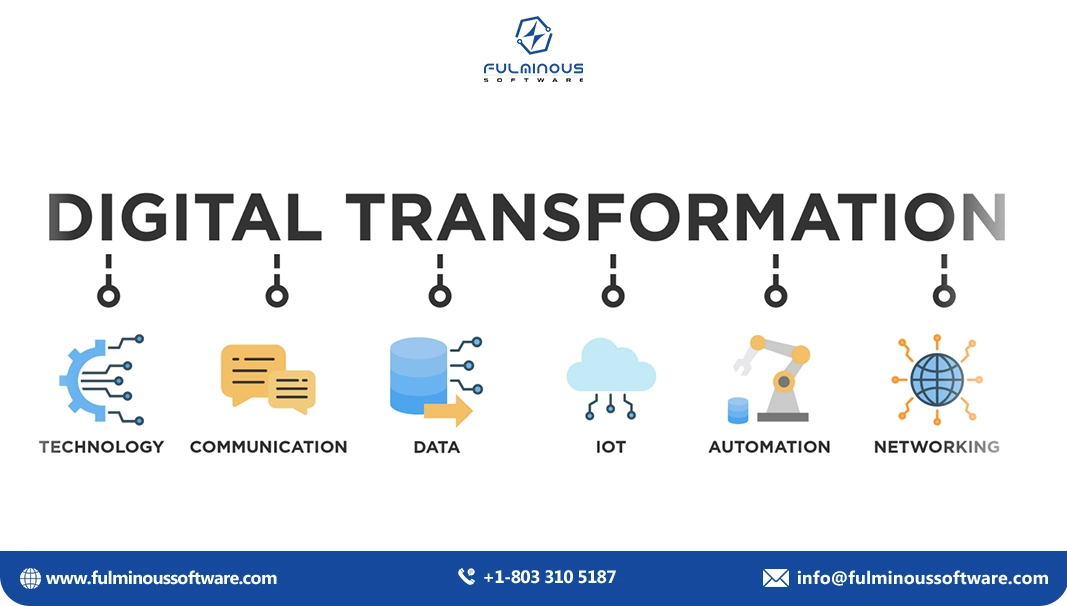
Proven Digital Transformation Strategy for Business Success
Digital transformation is no longer a choice—it’s a necessity. Whether you're a small business or a large enterprise, adapting to the digital age helps improve efficiency, customer experience, and long-term sustainability. However, success doesn't come from adopting technology alone. It requires a well-planned, strategic approach.
In this blog, we’ll walk you through proven digital transformation strategies and some proven examples of digital transformation which helps the businesses to boost thier ROI and customer experience in their journey toward innovation.
1. Start with a Customer-Centric Digital Vision
Your digital transformation strategy should begin with your customers. Understand their needs, preferences, and pain points. Whether it's faster service, mobile access, or personalized experiences, your digital initiatives must align with what adds real value to them.
2. Use Data to Drive Smart Decisions
Data is the backbone of any digital business. Collect insights from various sources—such as customer behavior, market trends, and operational performance—and use analytics tools to make smarter decisions. Data-driven transformation ensures your strategies are based on facts, not assumptions.
3. Move to a Cloud-First Infrastructure
Shifting to cloud-based platforms allows businesses to be more flexible, collaborative, and cost-effective. Cloud infrastructure supports remote work, easier data access, scalable resources, and strong security, making it a vital part of any modern transformation strategy.
4. Adopt Agile Development Methods
Agility is key to keeping up with fast-changing markets. Agile development allows businesses to build, test, and launch software quickly, get user feedback early, and make necessary changes without losing momentum. This approach speeds up innovation and reduces risk.
5. Leverage Automation and Artificial Intelligence
Automating routine tasks and integrating AI into operations can significantly boost productivity. Whether it's automating invoices, customer support, or predictive analytics, these technologies help you work smarter and reduce manual errors.
6. Invest in Workforce Upskilling and Change Management
Your technology is only as effective as the people who use it. Train your team on new tools, platforms, and digital practices. Strong change management also helps reduce resistance and ensures smooth transitions during digital adoption.
7. Make Cybersecurity a Core Part of Your Strategy
As you digitize more processes, security risks increase. Embed cybersecurity into every part of your transformation strategy. Use updated security protocols, monitor threats continuously, and educate employees to safeguard against potential breaches.
8. Build Strong Tech Partnerships
Digital transformation can be complex—so you don’t have to do it alone. Partnering with experienced digital transformation experts like Fulminous Software ensures that your strategy is implemented efficiently. From cloud migration to custom application development, Fulminous helps turn your vision into reality.
On the other hand, if we ask businesses whether they are seeing a satisfactory ROI from digital transformation, some may respond with "not as expected." Then, what is the reason behind it? No doubt, it all depends on their digital transformation strategies.
It doesn’t mean that all digital transformations are not successful enough. If you are implementing digital transformation with proper strategies, you can succeed. The success stories of many leading businesses are there to inspire you to adapt to digital transformation. That’s why here we are going to discuss 9 proven digital transformation strategy examples.
Why consider these examples?
When you observe the drawbacks of those who failed and the positive strategies of those who succeeded, you can craft a clear path toward success. Especially when you consider the strategies and successful stories of the businesses that successfully implemented digital transformation and got continuous ROI, you will have a new energy and inspiration to go ahead.
If you are a business owner who wants to implement digital transformation or a business owner who didn't get enough ROI after investing, these real-life stories can boost your confidence and you can become the leader in your industry.
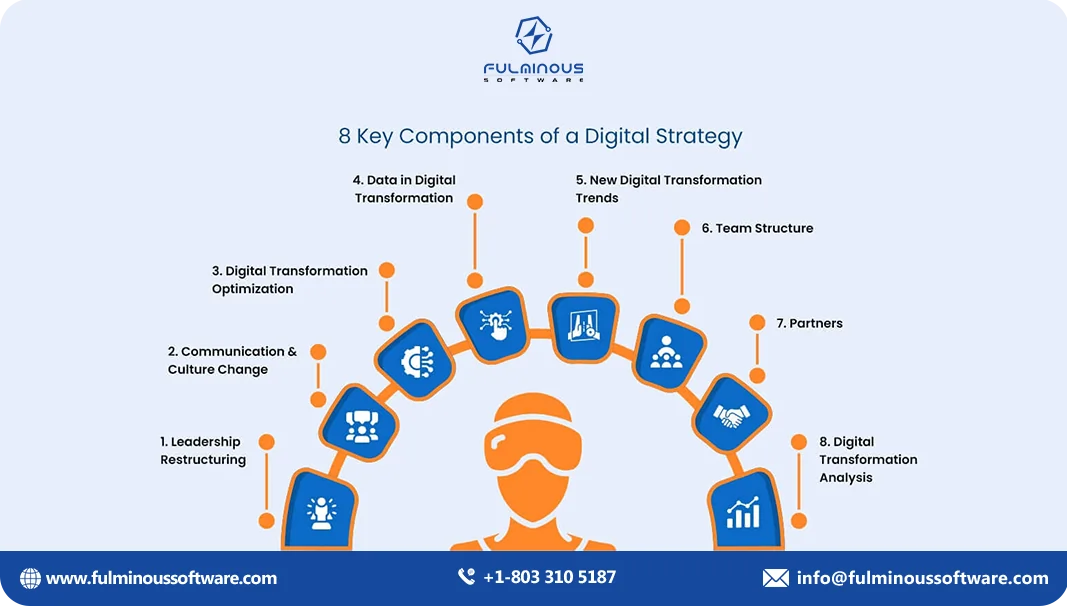
Benefits of Digital Transformation
Just like any other business upgrade, digital transformation offers several benefits, including:
- Faster Work: Digital transformation initiatives help businesses do things faster by automating tasks and reducing the time spent on boring, repetitive work.
- Better Customer Service: With digital tools, businesses can understand what customers need and give them a better experience, making customers happier and more loyal.
- Right Decisions: Digital transformation efforts give businesses access to information in real time, which helps them make better and faster decisions.
- Save Money: By improving processes and reducing waste, digital transformation can help businesses save money and use resources more wisely.
- Easier Teamwork: Digital tools make it easier for teams to work together, even if they are far apart, improving communication and making everyone more productive.
- New Ideas and Growth: The digital transformation journey can help businesses come up with fresh ideas and new ways to grow and succeed.
- Adapt to Change: Digital transformation helps businesses quickly adjust to changes, keeping them competitive in the market.
- Better Security: Digital innovations can protect important information from online threats, making the business safer.
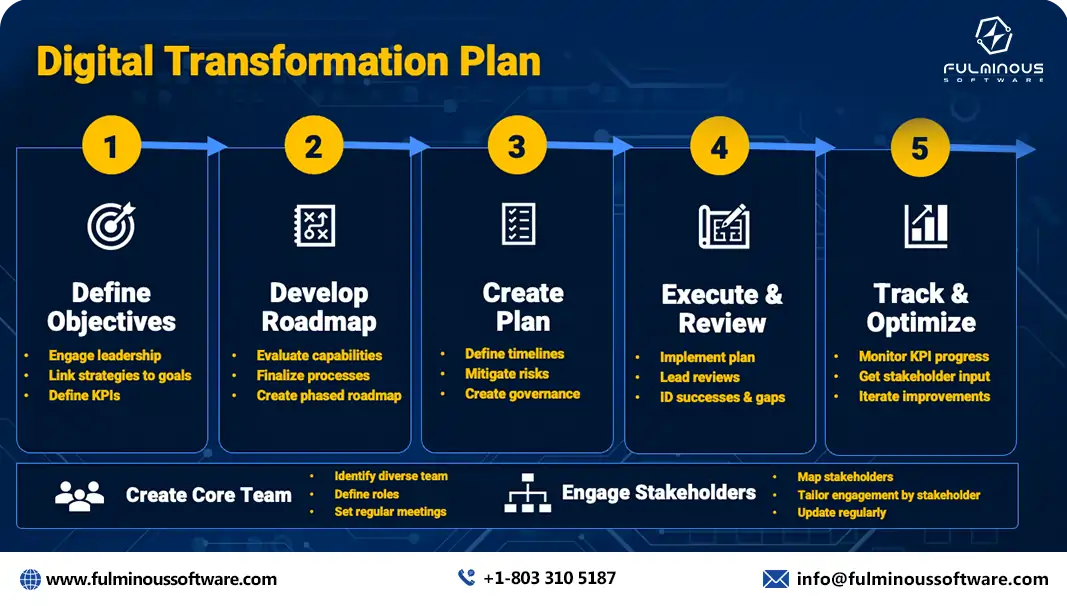
9 Real-life Examples of Digital Transformation Strategy
From just discussing the possibilities, let’s move to real-life examples of successful digital transformation strategies. We will see 9 businesses that successfully adopted their digital transformation strategies and grabbed plenty of benefits. Here we will see digital transformation examples of some known businesses.
1. Domino’s Pizza: Digital Transformation for Top-class Customer Experience
Domino’s is a popular name that comes to our mind when we think of tasty pizzas. The story of Domino’s Pizza begins from a single location (1983) to become one of the biggest pizza chains globally. After 40+ years of expansion and internationalization, Domino’s now has more than twenty thousand locations globally.
Domino’s Pizza shows how using digital tools can change a business. To compete with others and offer world-class customer service, Domino’s focused on improving how customers order and interact with the brand. Their digital transformation strategy is an inspiration for small businesses and startups.
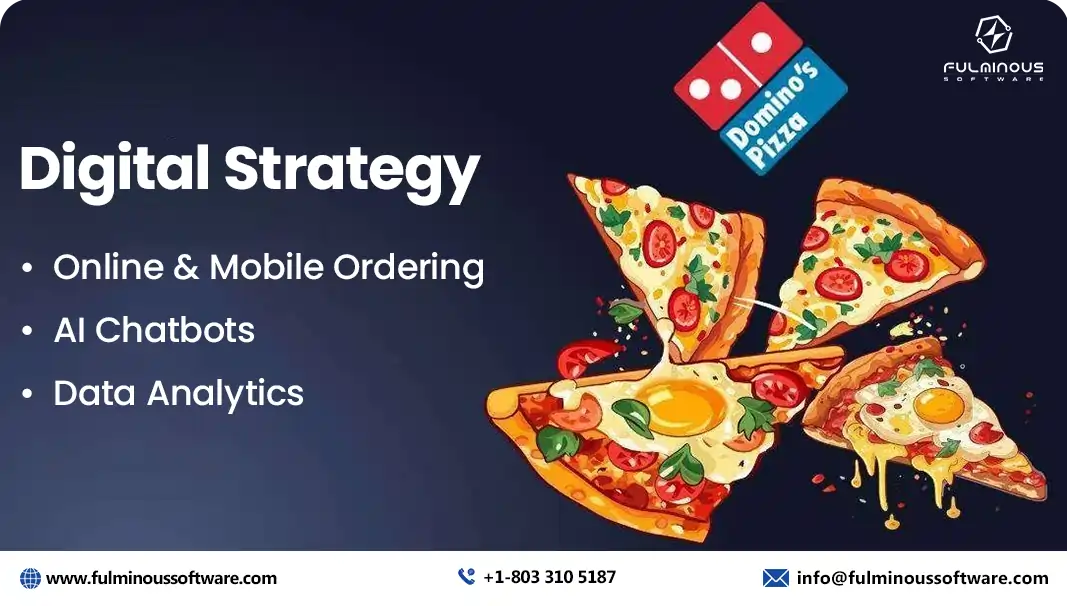
Digital Strategy:
- Online & Mobile Ordering: Domino’s made it easy for people to order pizzas using phones, smart TVs, or even smartwatches.
- AI Chatbots: A smart chatbot named “Dom” helps customers order, track deliveries, and talk to the brand.
- Data Analytics: Domino’s uses data to predict demand, manage inventory, and create personalized offers.
Results:
- More online sales, with a lot of revenue coming from digital orders.
- Customers are more loyal because of easy and personalized service.
- The brand is seen as innovative and customer-friendly.
- Domino's Pizza made $4.48 billion in revenue worldwide(2023).( source )
2. Nike: Customized Products and Personalized Shopping Experience
Nike is a leading athletic footwear and apparel producer. The business has a great financial record as well; in its most recent two fiscal years, it generated over $50 billion in revenue. Nike’s digital changes focus on making shopping more engaging and personal using new technology.
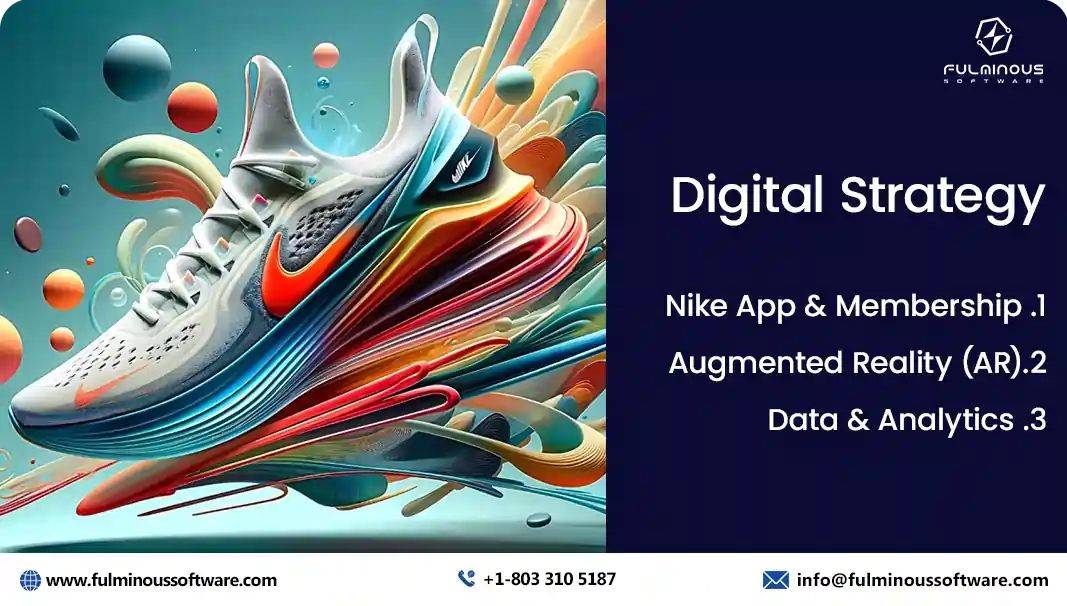
Digital Strategy:
- Nike App & Membership: The Nike app gives users personalized suggestions and access to special products, while the NikePlus membership creates exclusivity.
- Augmented Reality (AR): Customers can try shoes virtually on their phones before buying.
- Data & Analytics: Nike collects data to offer personalized marketing and optimize their supply chain.
Results:
- Increased digital sales make up a large part of total revenue.
- More engagement through the Nike app, which also connects users to workouts and community events.
- Stronger customer loyalty from personalized experiences and rewards.
- The company’s total revenue in 2024 increased by almost 10% compared to fiscal 2022 and 2023. (source)
3. L’Oréal: Digital Changes in the Beauty Industry
Although the beauty market has plenty of companies to compete, only a select few have the ability to influence customers. The market for cosmetics and beauty products is now dominated by the L’Oréal Group. L’Oréal used digital tools to connect with customers and improve the way they shop for beauty products.
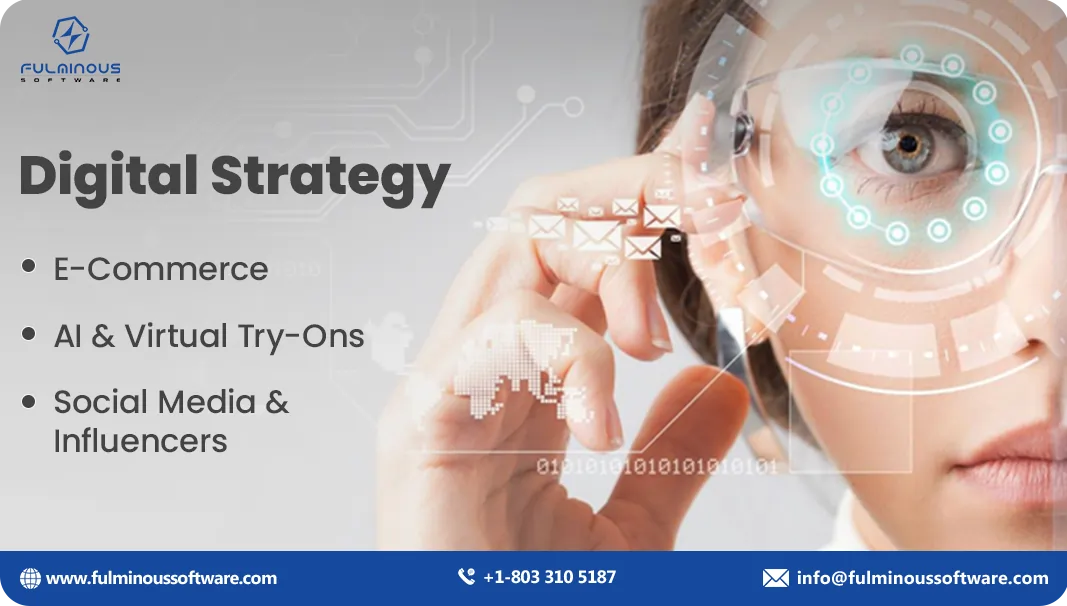
Digital Strategy:
- E-Commerce: L’Oréal is focused on online shopping and offers personalized experiences across various platforms.
- AI & Virtual Try-Ons: Customers can use AI tools to see how makeup will look on them through apps or websites.
- Social Media & Influencers: The brand worked with influencers to promote products online.
Results:
- Increased online sales, with e-commerce making up a large part of total revenue.
- More customer interaction with virtual try-ons.
- Strong social media presence, making L’Oréal a top digital beauty brand.
- Additionally, it moved to the top of the global beauty manufacturing rankings, with around $44.5 billion in revenue as of 2023. (source)
4. Starbucks: Making the Digital Experience Seamless
Do you know? Every week, around 100 million people visit Starbucks. That amounts to approximately 14.3 million every day. Now you may wonder how they can handle these many customers. Starbucks used digital tools to improve its customer service and make the ordering process easier.
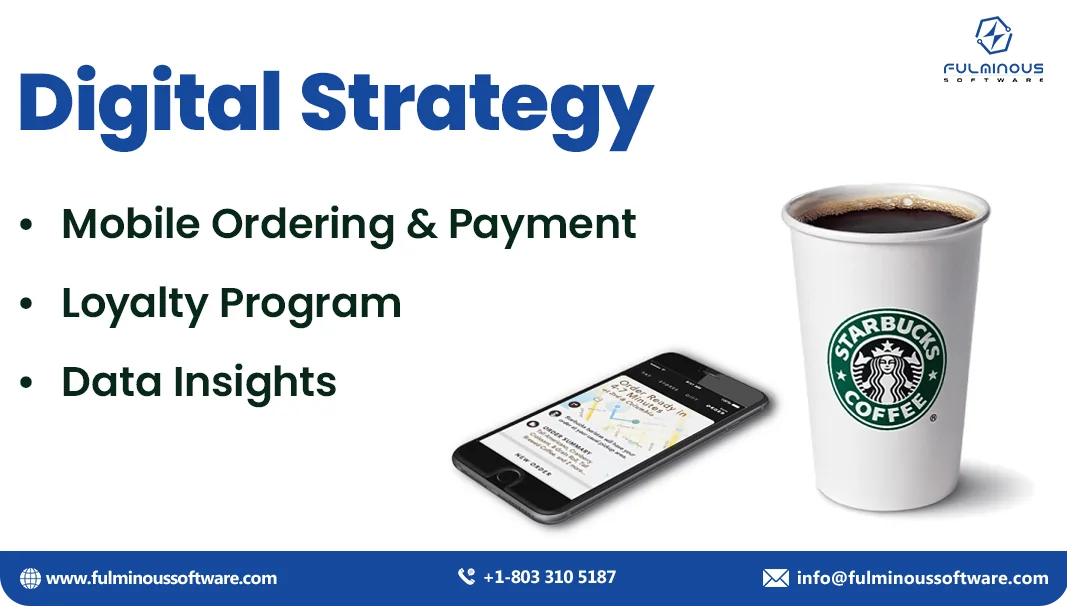
Digital Strategy:
- Mobile Ordering & Payment: The Starbucks app lets customers order and pay in advance to skip lines.
- Loyalty Program: The app rewards customers with personalized offers based on their purchases.
- Data Insights: Starbucks uses data to personalize offers and optimize inventory.
Results:
- More people are using the app, leading to better loyalty and higher sales.
- Increased sales through the convenience of mobile ordering and personalized promotions.
- Improved efficiency with data helping to manage inventory and customer service.
- Starbucks reached a high net revenue of over $29.5 billion in 2023.
- That year, Starbucks not only had its biggest sales but also had the highest brand value of any restaurant business worldwide, with about $61 billion dollars. (source)
5. Siemens: Digital Twins and Smart Manufacturing
Siemens is a German business that specializes in medical electrical equipment, technology, and engineering. You know that no business can survive in this industry without digital advancement.
Siemens is the biggest industrial manufacturer in Europe and the industry leader in industrial software and automation worldwide. One of the major reasons for this success is that Siemens uses digital technology to improve manufacturing operations and products
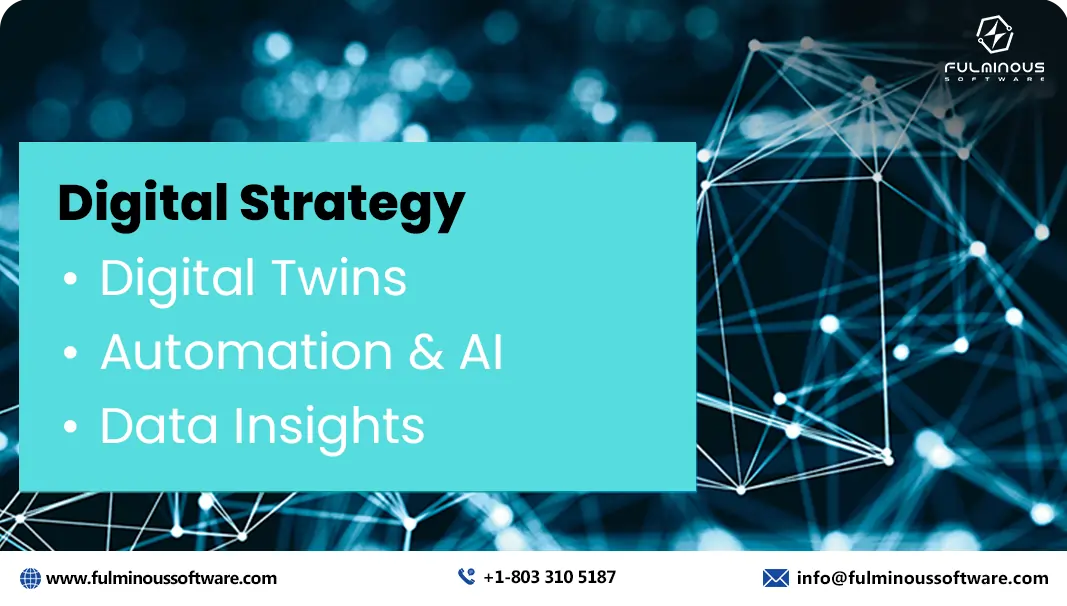
Digital Strategy:
- Digital Twins: Siemens creates virtual models of products to test and optimize them before production.
- Automation & AI: Using AI and robots to make production more efficient and safe.
- Data Insights: Real-time data helps Siemens track machines and production processes.
Results:
- More efficient operations, with predictive maintenance preventing downtime.
- Faster product design and fewer waste costs.
- Smarter decision-making using data analysis.
- With €77.7 billion in sales for the fiscal year 2023, Siemens reported an 8% rise over the previous fiscal cycle. (source)
6. General Electric (GE): Using IoT for Maintenance
GE is a leading manufacturing company that is divided into various sectors, such as banking, healthcare, energy, and aerospace. The business was placed 64th in the Forbes Global 2000 in 2023.
Now they use IoT technology to improve machine performance and reduce downtime. With their digital transformation strategies, they are expanding day by day. Their success is proof that success is guaranteed for businesses that use proper digital transformation strategies.
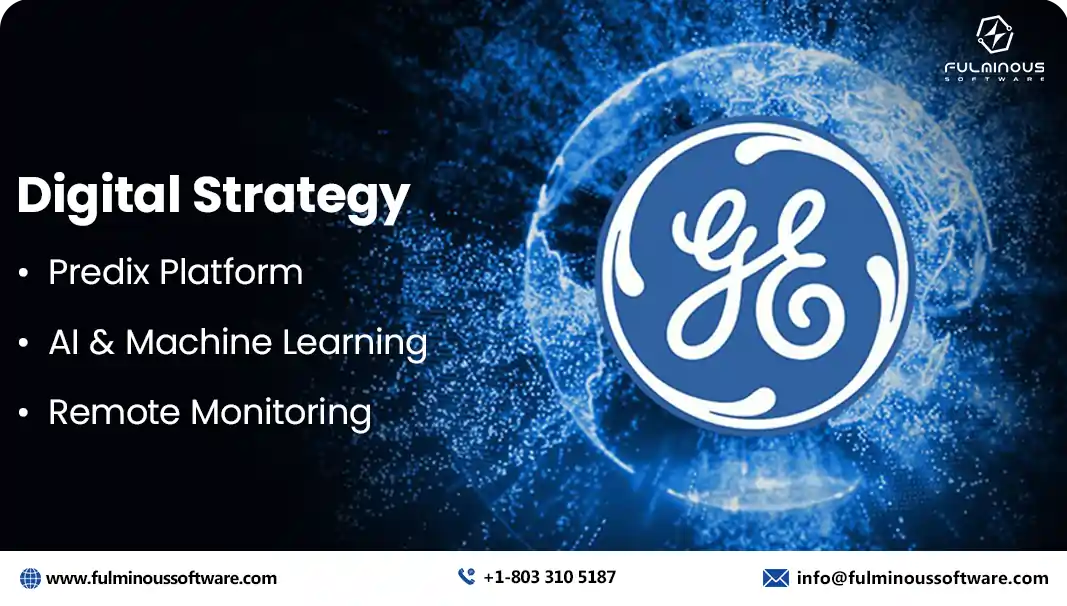
Digital Strategy:
- Predix Platform: GE connects machines to the internet to gather real-time data and predict when maintenance is needed.
- AI & Machine Learning: GE uses AI to analyze data and predict failures before they happen.
- Remote Monitoring: GE offers remote monitoring and diagnostics for machines.
Results:
- Lower maintenance costs and less downtime through predictive maintenance.
- Improved efficiency with better use of data for decision-making.
- Better customer satisfaction thanks to reliable products.
- Their revenue is increasing every year and reached USD $68 billion in 2023. (source)
7. Bosch: Using Automation and AI for Smarter Manufacturing
Do you know? Bosch is one of the world's largest automotive suppliers. The secret behind their leading position in the automotive industry is their digital transformation strategies. As they knew the industry had heavy competition, they adapted to digitalization faster than their competitors. Bosch uses robots and AI to make its production lines smarter and more efficient.

Digital Strategy:
- Smart Factories: Bosch uses automation and AI to improve manufacturing processes and identify inefficiencies in real time.
- AI Quality Control:Bosch uses AI to check product quality, ensuring only the best products are made.
- Predictive Maintenance: Bosch uses IoT to predict machine issues before they cause problems.
Results:
- More efficient production due to automation and AI.
- Better product quality with AI-powered inspections.
- Fewer production delays and lower costs.
- As per the latest report, bosch has steady growth in revenue and reached €91.59 billion (2023)
8. Schneider Electric: Sustainability with Digital Solutions
In 2023, Schneider Electric ranked fourth among the world’s top automation vendors, with its industrial automation division bringing in over 10 billion euros. Schneider Electric combines sustainability with digital technology to help companies save energy and reduce waste. They have chosen the right digital transformation strategy that best suits their manufacturing processes.

Digital Strategy:
- EcoStruxure Platform: A digital platform that connects devices to monitor energy use and improve sustainability.
- Edge Computing: Processing data locally to make quick decisions and improve efficiency.
- Smart Grids: Digital systems that help manage energy use and cut costs.
Results:
- Lower energy costs and reduced carbon emissions.
- More efficient operations, with real-time data helping to adjust energy use.
- Stronger competitive advantage due to sustainable practices.
- Schneider Electric made over 35.9 billion euros in total sales during the fiscal year 2023. ( source )
9. Caterpillar: Using IoT and Smarter Equipment for Digital Transformation Strategy
Caterpillar Inc. is the top manufacturer of mining and construction equipment worldwide. They have maintained their leadership position for several years with their well-planned digital strategies. Do you want to know how they stay as the world's largest manufacturer of construction equipment? Caterpillar uses IoT technology to track and optimize the performance of its heavy equipment.

Digital Strategy:
- Cat Connect Technology: Sensors in Caterpillar machines collect data on performance, location, fuel use, and maintenance needs.
- Predictive Maintenance: The data is analyzed to predict when maintenance is needed, preventing costly repairs.
- Fleet Management: Caterpillar offers services to track and optimize the performance of equipment fleets.
Results:
- Higher machine uptime due to predictive maintenance.
- Lower operating costs and better efficiency.
- Additional revenue from data-driven services.
- The industrial giant reported global sales and revenue streams of around 67 billion dollars in the fiscal year 2023. (source)
Conclusion
In short, these examples of businesses like Domino’s, Nike, GE, L’Oréal, Siemens, Bosch, Caterpillar, Schneider Electric, and Starbucks is the real proof that how proper digital transformation strategies can bring big growth for businesses.
Another major thing you might have noticed is that each business has its own unique digital transformation plans that perfectly suit its business process. That means digital transformation is not simply about adapting various technologies, but it is all about choosing the right technologies that suit your business and using them wisely for maximum benefits.
Even though you have enough budget and plenty of technologies for your business’s digital transformation, you need a clear strategy. Remember you need a perfect digital transformation service proving comapny to craft a proper digital transformation strategy.
If you are confused about the digital transformation strategies for your business, you can connect with leading digital transformation service providers like Fulminous Software. We have top-class digital transformation experts who can design the right digital transformation strategies for your business.
A proven digital transformation strategy is not just about adopting new technologies—it’s about reimagining your business to deliver better outcomes. By following the strategies outlined above, you can build a roadmap that leads to long-term growth and resilience.
Looking for expert guidance? Fulminous Software is here to help you plan and execute a successful digital transformation journey tailored to your business goals.
FAQs
- Q1. What is digital transformation, and why is it important for businesses?
- Digital transformation uses technology to improve business processes, making companies more efficient, competitive, and able to meet customer needs.
- Q2. How much are businesses expected to spend on digital transformation by 2027?
- Businesses are expected to spend $3.9 trillion on digital transformation by 2027, increasing from $2.5 trillion in 2024.
- Q3. What are the common benefits of digital transformation?
- Digital transformation speeds up work, improves customer service, helps smarter decisions, saves money, promotes teamwork, and drives innovation.
- Q4. Can small businesses benefit from digital transformation?
- Yes, small businesses can improve efficiency, customer service, and competitiveness by adopting digital tools, just like large companies.
- Q5. How did Domino's Pizza leverage digital transformation to enhance customer experience?
- Domino's used online ordering, AI chatbots, and data analytics to personalize service, leading to more sales and customer loyalty.
- Q6. What digital strategies did Nike implement to boost customer engagement?
- Nike used personalized app recommendations, virtual try-ons with AR, and data analytics to improve customer engagement and sales.
- Q7. How did L'Oréal use digital transformation to dominate the beauty industry?
- L'Oréal focused on e-commerce, virtual try-ons with AI, and social media influencers to boost sales and brand presence.
- Q8. What role does data play in the digital transformation strategies of companies like Starbucks and Siemens?
- Data helps companies personalize services, manage inventory, predict demand, and improve efficiency for better customer service and operations.
- Q9. How does Bosch use AI and automation in manufacturing?
- Bosch uses AI and automation to improve manufacturing, ensure quality, predict maintenance needs, and reduce costs and delays.
- Q10. What digital strategy did Schneider Electric implement to promote sustainability?
- Schneider Electric uses EcoStruxure to monitor energy, edge computing for quick decisions, and smart grids to reduce energy consumption.
HIRE A TOP SOFTWARE DEVELOPMENT COMPANY

 Verified
Expert in Software & Web App Engineering
Verified
Expert in Software & Web App Engineering
I am Manish Kumawat, co-founder of Fulminous Software, a top leading customized software design and development company with a global presence in the USA, Australia, UK, and Europe. Over the last 10+ years, I am designing and developing web applications, e-commerce online stores, and software solutions custom tailored according to business industries needs. Being an experienced entrepreneur and research professional my main vision is to enlighten business owners, and worldwide audiences to provide in-depth IT sector knowledge with latest IT trends to grow businesses online.
Partner with Top-Notch Web Application Development Company!
Discuss your Custom Application Requirements on info@fulminoussoftware.com or call us on +1-903 488 7170.
15 Days Risk-Free TrialRecommended Articles


